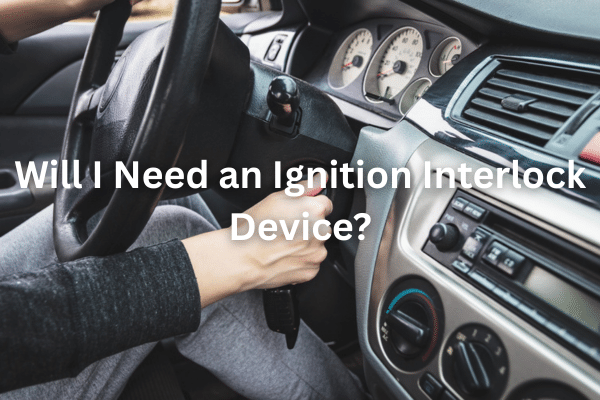

If you’ve been arrested for DWI in New York, one of the first practical questions that pops up is whether you’ll have to drive with an ignition interlock device (IID). I’m Ed Palermo, and I’ve guided thousands of Long Islanders through this exact concern. Below I’ll explain when IIDs are required, how long they typically last, what they cost, and the smart steps we can take to avoid surprises and protect your license, job, and daily routine.
An IID is a small breath-testing unit wired to your vehicle’s ignition. Before the car starts—and sometimes while you’re driving—it requires a breath sample. If alcohol is detected above a very low threshold, the car won’t start or you’ll be prompted to pull over safely. The device also stores data that can be reviewed by probation, the court, or your monitoring agency.
In New York, courts must require an IID after a conviction for misdemeanor or felony DWI. That generally includes driving with a BAC of .08 or higher, common-law DWI (evidence of intoxication without a breath test), and aggravated DWI at .18 or above. It does not automatically apply to a DWAI (Driving While Ability Impaired, an infraction) unless a judge or plea agreement specifically adds it.
Importantly, there’s a big difference between being arrested and being convicted. Many of my clients never end up with an IID because we successfully challenge the evidence, negotiate a reduction, or structure a resolution that does not trigger the IID requirement.
The length is set by the court and depends on the charge, your record, and the terms of probation or conditional discharge. First-time misdemeanor DWI cases often see an IID requirement of around a year, though I have had cases resolved for less—or avoided entirely—depending on the facts. If you’re placed on probation, the IID period can be tied to that supervision term. Repeat offenses, high test results, or aggravating factors can lengthen the time.
My job is to push for outcomes that minimize or remove the IID requirement when legally possible, and, if it’s unavoidable, to limit the duration and conditions.
The court order applies to any vehicle you “own or operate.” If you have multiple vehicles, or if you share a household car, we’ll need to plan around that. If you genuinely do not own a car and will not be driving, you may be required to file “no car” or “no operation” affidavits and refrain from driving entirely for the IID term. Trying to get around the rule by driving someone else’s car without an IID can lead to new criminal charges and a revoked license. Don’t risk it—talk to me first and we’ll set up a compliant plan.
Vendors typically charge an installation fee and a monthly monitoring fee. Exact pricing varies by provider and model, but you should budget for ongoing monthly costs during the full term. There are hardship options in some circumstances. We’ll discuss which vendors are approved in your county, what to expect on costs, service intervals, and how to fit the device unobtrusively into your vehicle and schedule.
If you don’t own a car, you must not drive during the IID period unless the vehicle you’re operating has a court-approved IID installed. Commercial drivers face additional complications because installing an IID in a commercial vehicle is often impractical or prohibited by the employer. In those cases, our strategy may focus on avoiding an IID-triggering conviction where possible or structuring a resolution that preserves your livelihood.
You can travel, but you must continue complying with the IID rules, including service visits and any remote reporting. If you move out of New York, compliance follows you. We can coordinate with approved vendors in your new state, but do not remove the device or stop monitoring without court permission.
Every case is unique, but here are approaches that often make a difference:
A refusal to take a breath test can lead to its own DMV penalties, but whether an IID is required depends on the eventual court conviction. If we avoid an IID-triggering conviction, you may not need one.
Once the court order and vendor paperwork are in place and the device is installed, you can drive in compliance with all conditions. We’ll make sure your paperwork aligns with DMV records to avoid delays.
A single failed test isn’t the end of the world, but it is recorded and can be reported. Repeated fails, missed retests, or lockouts can lead to court action. Call me immediately so we can manage the response before it snowballs.
Insurance companies care most about the underlying conviction and any license restrictions. The IID itself is usually a byproduct of the case outcome, not a separate rating factor. That said, safe, violation-free compliance helps you move past the incident sooner.
I’ve spent more than three decades defending DWI cases on Long Island, and I know how disruptive an IID can be. The good news is that many clients avoid it entirely, and for those who can’t, we can often reduce the time and make compliance manageable. If you’re facing a DWI and worried about an ignition interlock device, reach out. I’ll review your case, map out your best options, and fight for the outcome that protects your license, career, and peace of mind.
Ready to move forward? Contact me, Ed Palermo, for a free, confidential consultation.